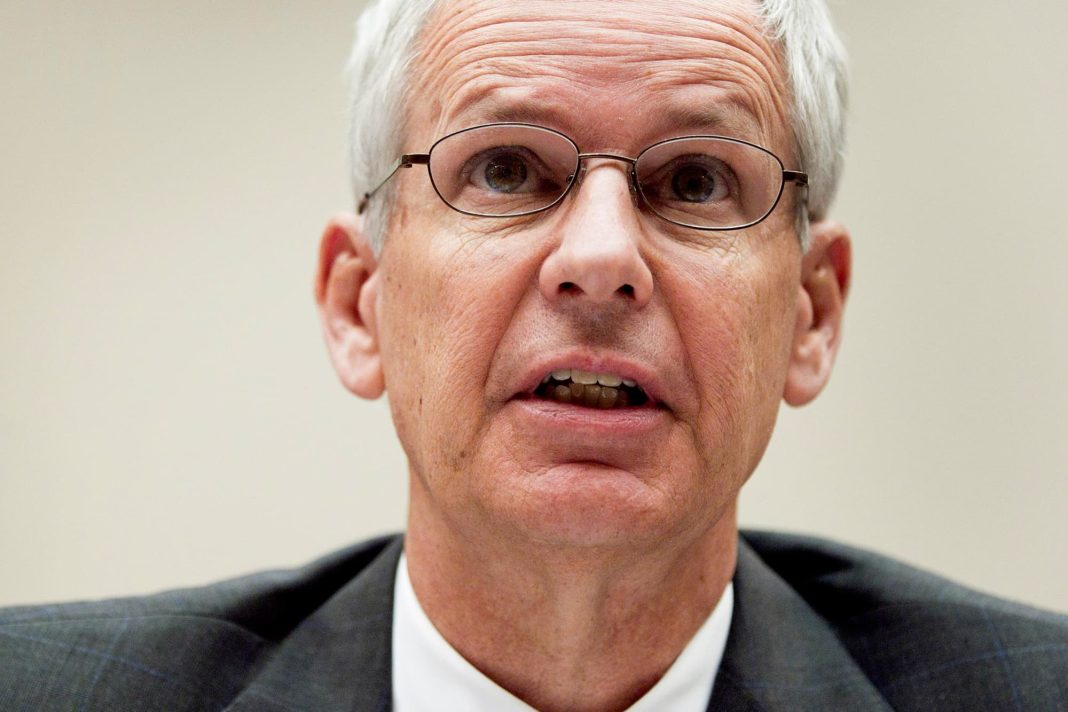As the landscape of the U.S. economy continues to evolve, Federal Reserve Chair Jerome Powell recently offered insights that suggest a cautious optimism regarding inflation trends and interest rates. In remarks delivered at the National Association for Business Economics conference in Nashville, Powell indicated that the economy appears to be on a path toward a sustained reduction in inflation, which may ultimately allow the Fed to adjust its benchmark interest rate downward.
“Disinflation has been broad-based,” Powell noted, highlighting recent data that points to progress towards the Fed’s targeted inflation rate of 2%. This sentiment resonates with many economists who have observed a notable shift in inflationary pressures across various sectors. This broad-based disinflation is not merely a statistical anomaly; it’s indicative of deeper changes within the economy. Inflation in goods has been declining, while the service sector—previously a stubborn contributor to inflation—has also started to moderate, approaching pre-pandemic levels.
Despite this positive trajectory, Powell was careful to emphasize the complexity of the economic landscape, stating, “We are not on any preset course. The risks are two-sided.” This acknowledgment of uncertainty is crucial as investors weigh the potential for further rate cuts against the backdrop of fluctuating economic indicators. The central bank’s decision-making process remains dynamic, with assessments made on a meeting-by-meeting basis.
In September, the Fed took a significant step by cutting interest rates by half a percentage point, marking a shift from a 20-year high of 5.25%-5.50% to a more accommodating range of 4.75%-5.00%. Projections from that meeting suggested a further decline to the 4.25%-4.50% range by year’s end, with expectations of easing continuing through 2026, ultimately settling around a long-term neutral rate of 2.9%. This gradual approach reflects a careful balancing act aimed at fostering economic growth without igniting inflationary pressures.
However, the financial markets remain divided on the timing and magnitude of future cuts. Some investors are anticipating a series of quarter-percentage-point reductions, while others speculate that a significant cut could be necessitated by a weakening job market or unexpectedly low inflation data. The upcoming employment report for September is highly anticipated, as it will provide critical insights into labor market conditions ahead of the Fed’s next meeting in early November.
Recent inflation data has been encouraging, with the headline rate reported at 2.2%, closely aligning with the Fed’s target. However, the core inflation measure, which excludes volatile food and energy prices, has hovered around 2.6% to 2.7% for the past few months, indicating that while progress has been made, challenges remain. Powell expressed confidence that “broader economic conditions” are conducive to further disinflation, yet he reiterated the importance of continuous data evaluation.
Housing inflation, in particular, presents a mixed picture. While Powell acknowledged that progress in this area has been “sluggish,” he noted that the growth rate of rents charged to new tenants remains low. This trend is crucial because, as long as it persists, housing services inflation is likely to continue its downward trajectory, alleviating some pressure on the overall inflation rate.
Despite these challenges, Powell characterized the job market as “solid,” with an unemployment rate of 4.2%—a level deemed sustainable in the long run, particularly in conjunction with the Fed’s inflation targets. “Overall, the economy is in solid shape; we intend to use our tools to keep it there,” he asserted, underscoring the Fed’s commitment to fostering a stable economic environment.
In conclusion, while the road ahead may still hold uncertainty, the Federal Reserve’s recent actions and Powell’s insights suggest a cautious yet optimistic outlook on inflation and interest rates. As economic conditions evolve, the Fed’s adaptable approach will be vital in steering the economy toward a more stable future. For stakeholders—whether investors, businesses, or consumers—staying informed about these developments will be essential in navigating the complexities of the current economic climate.

